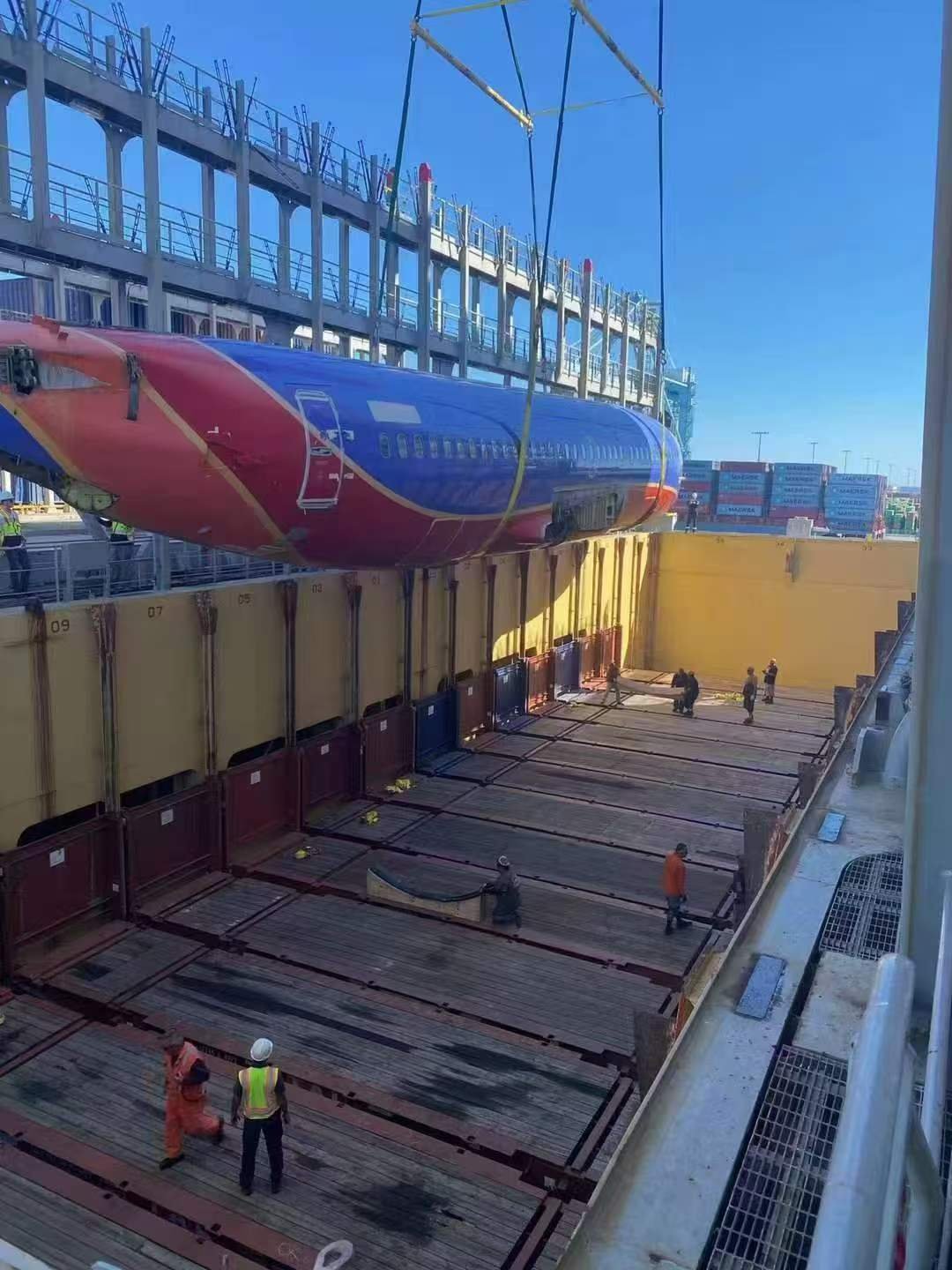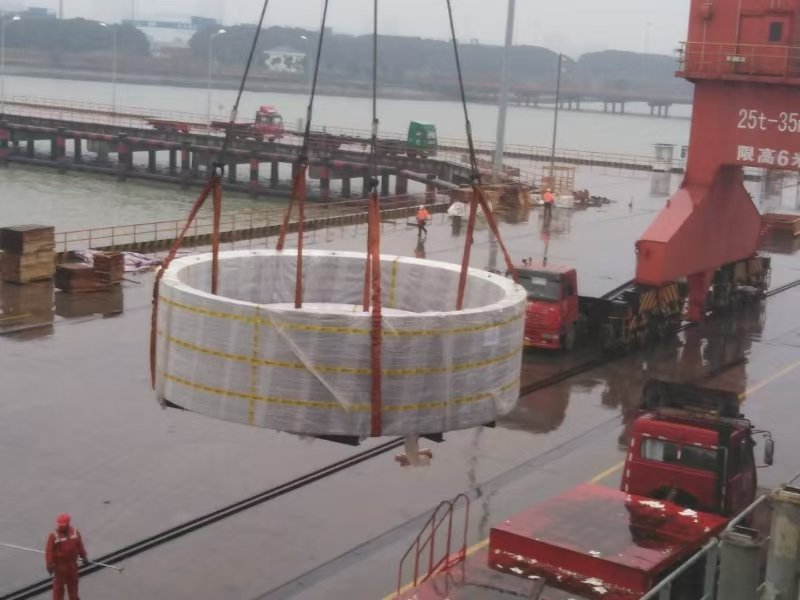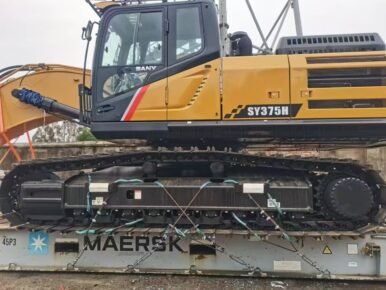
Cargo Suitable for Split Lifting in International Logistics: Cargo suitable for split lifting in international logistics:
Large Construction Equipment: such as excavators, bulldozers, etc., can usually be split into multiple parts for lifting.
Heavy Machinery: Such as generators, presses, etc., this type of equipment usually has multiple components.
Ship Components: such as hull modules, cabins, etc., suitable for separate lifting.
Wind Energy Equipment (Wind Energy Equipment) : such as fan towers, blades, etc., can usually be divided into multiple parts for transportation.
Steel Structures: Large steel components can be split into smaller pieces for easy lifting and transportation.
Customer Considerations for Land Transport Costs:
Yes, customers usually consider the cost of land transportation when choosing the nearest port. The choice of port affects the total cost of the final delivery, especially for heavy or split loads, where the cost of land transport may account for a large proportion. As a result, customers often take into account factors such as transportation distance, expense and time to optimize overall logistics costs.
Split Lifting Operations:
Disassembly and Preparation:
Before loading, the goods are disassembled into multiple parts and cleaned and inspected as necessary to ensure there is no damage.
Securing and Bracing:
Each part is bundled and reinforced to ensure the stability and safety of the goods during lifting and transportation.
Lifting Plan:
Develop a detailed lifting plan, including lifting sequence, spares and equipment to be used, to ensure safe and efficient operation.
Lifting Operation:
Use the appropriate crane or lifting equipment to lift each part one by one according to the plan, and ensure that each part is safe and secure.
Transport and Loading:
After the lifting is completed, the goods are transported to the port of destination and loaded at the port, ensuring that each part is properly placed.
Unloading at Destination: Unloading at destination:
Upon arrival at the port of destination, unload each part one by one according to the corresponding unloading plan to ensure safety and integrity.
Through the above steps, separate lifting can be effectively carried out to ensure the safe transportation of large or heavy goods.



